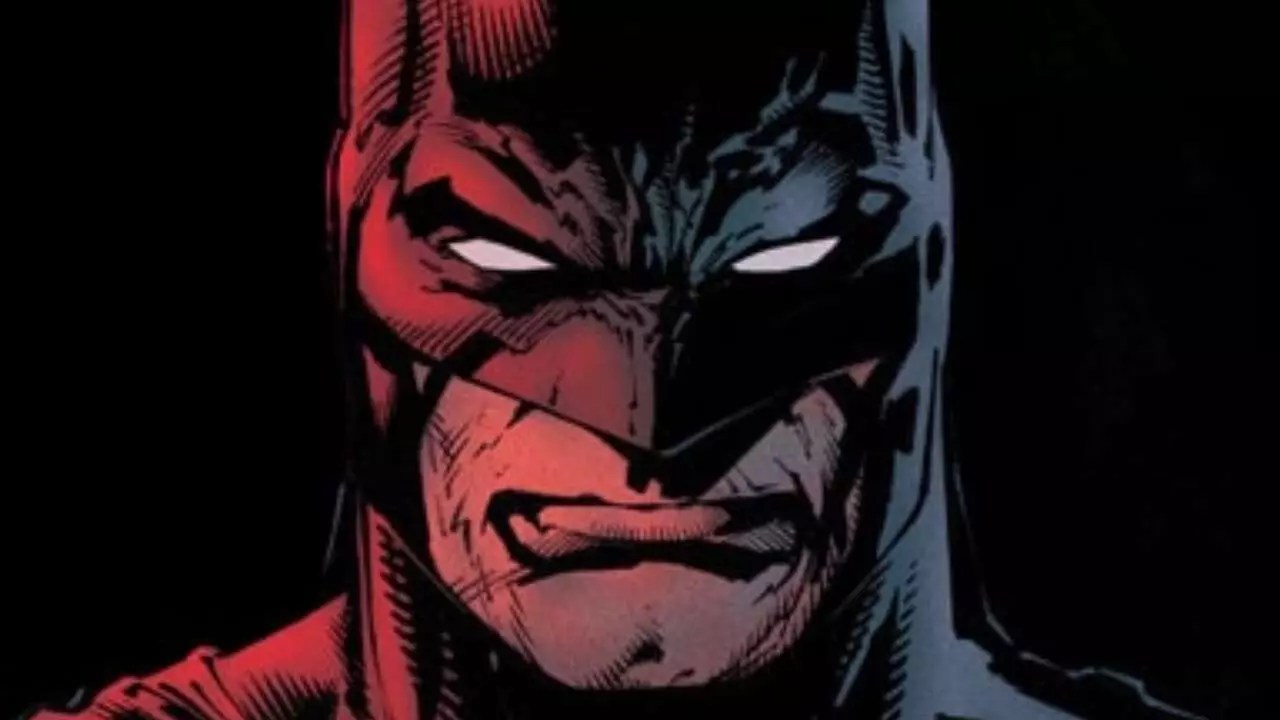As James Gunn takes the helm of DC Studios, the future of the DC Universe is marked by both excitement and uncertainty. Gunn, known for his unconventional storytelling and ability to breathe new life into existing franchises, is aiming to redefine how audiences engage with beloved characters. His recent comments on social media illustrate the tightrope he walks between fan speculation and the integrity of his creative vision. In an age where casting rumors abound, Gunn’s direct dismissal of certain stories as “bullshit” demonstrates his commitment to maintaining clarity amid the noise, illustrating an approach grounded in authenticity.
One of the most compelling figures in the DC roster is undoubtedly Batman. The recent rumor about a potential casting for a middle-aged Batman sparked significant discussion. While rumors might ground themselves in logical contexts—like the notion that Bruce Wayne may mentor his son Damien Wayne in an upcoming project—it’s crucial to separate speculation from fact. Gunn’s admitted affection for Damien Wayne, as evidenced by his preference for the character as the next Robin, prompts fascinating questions about what direction the new Batman narrative will take. This development is tied to Gunn’s interest in exploring the Bat-family and their dynamics, a narrative that could reinvigorate the franchise considerably.
While Gunn is keen on constructing a robust and interconnected universe, there are distinctions to be made among various DC properties. The separation of Robert Pattinson’s portrayal in “The Batman” from Gunn’s projects highlights a strategic move to curate unique storylines without them overlapping excessively. This separation is further emphasized with the release of HBO’s “The Penguin,” which serves as a lead-in to a follow-up film, “The Batman 2.” Such moves ensure that multiple interpretations of characters can exist concurrently without diluting the brand.
Excitement is also brewing for the darker elements of the DC Universe, particularly with the announcement of movies focusing on iconic villains. The pairing of Bane and Deathstroke signifies a trend toward exploring the complexities and backstories of antagonists, a narrative shift that could appeal to a more mature audience. With Matthew Orton, writer of “Captain America: Brave New World,” at the helm, the project is likely to emphasize character development and plot intricacies. However, the specifics of the villains’ collaboration remain to be seen, leaving fans curious about how these narratives will unfold in contrast with the traditional hero-centric stories.
As the DC Universe prepares for its next chapter, including the anticipated “Superman: Legacy” set to release in July 2025, audience engagement is at an all-time high. Recent casting news, including Aaron Pierre’s role as John Stewart in the upcoming “Green Lantern” series, exemplifies Gunn’s strategy of diversifying representation within the superhero genre. The developments undertaken by DC Studios highlight their commitment to crafting a multifaceted universe that resonates with both longtime fans and new audiences alike.
Overall, the DC Universe is at a pivotal point, and as James Gunn reshapes its identity, the balance of legacy, new narratives, and audience expectations will be essential in defining its future.


Leave a Reply